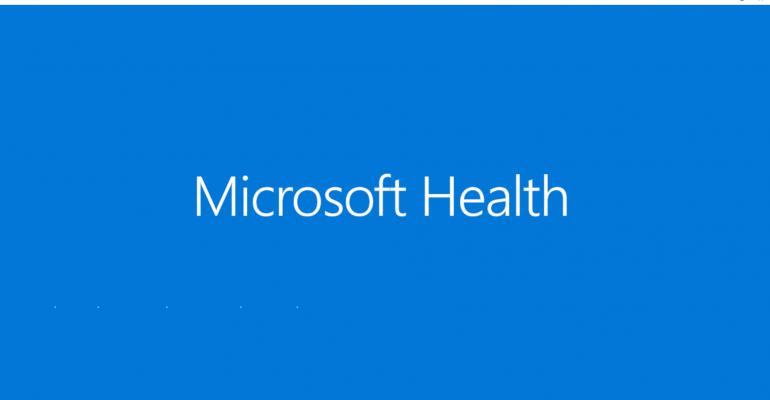Microsoft has long offered a local PC Microsoft Band syncing solution in its Desktop Sync app. The Desktop Sync app is available for both Windows and Mac computers. But, with the recent delivery of a Windows 10 Universal App, which app should you now use to sync the Band?
Like most answers in life – it depends. However, it should be noted that the sync piece of the new Windows 10 Microsoft Health app version will not run. In fact, if you try to sync using the Microsoft Health app while the Band is connected to the Desktop Sync app, the Microsoft Health app crashes – so you have to choose between one or the other. Both work solely through a USB connection.
Let’s look at the Pros and Cons for each.
Desktop Sync
- Runs in the background.
- Sync on a schedule.
- Supports syncing, modifying band colors/backgrounds, and firmware updates.
- Supports pre-Windows 10 computers. There’s a version for Mac.
Microsoft Health
- Must be running open (does not run in the background).
- Syncs automatically on startup, synchs on a schedule thereafter.
- Supports everything that the mobile app supports, including syncing, modifying band colors/backgrounds, firmware updates, logging weight, reviewing current activities and activity history, finding and syncing guided workouts, managing tiles, setting preferences, replacing a Band, finding Golf courses, and more.
- Supports only Windows 10 devices (smartphones, computers, tablets).
As you can see, really the only drawback for the Microsoft Health app sync is that it doesn’t run in the background. Personally, I’ve since uninstalled the Desktop Sync app and have opted to use the sync inside the new Microsoft Health app. It should also be considered that the sync in the new Microsoft Health version is probably the direction Microsoft is taking and the older Desktop Sync app will undoubtedly remain only for support for Windows 8.1 and Windows 7 SP1. And, obviously, if you use a Mac, you’ll need to the Microsoft Band Sync from iTunes. Microsoft has been dedicated to providing its Band hardware for the various platforms (Android, iOS, Windows), so it’s possible a more feature-rich Mac app replacement will eventually replace the current Desktop Sync for Mac.
And, another obvious piece is that you can still just opt to use the mobile app on your smartphone to sync to your Microsoft Health account. However, no matter the platform you use for your Microsoft Band, the Microsoft Health mobile app still suffers performance issues. I'd rather take the time to hook my Band up to my Surface Pro 4's USB port than to suffer through a slow mobile app. It actually takes less time in most cases.
Where to get each one:





